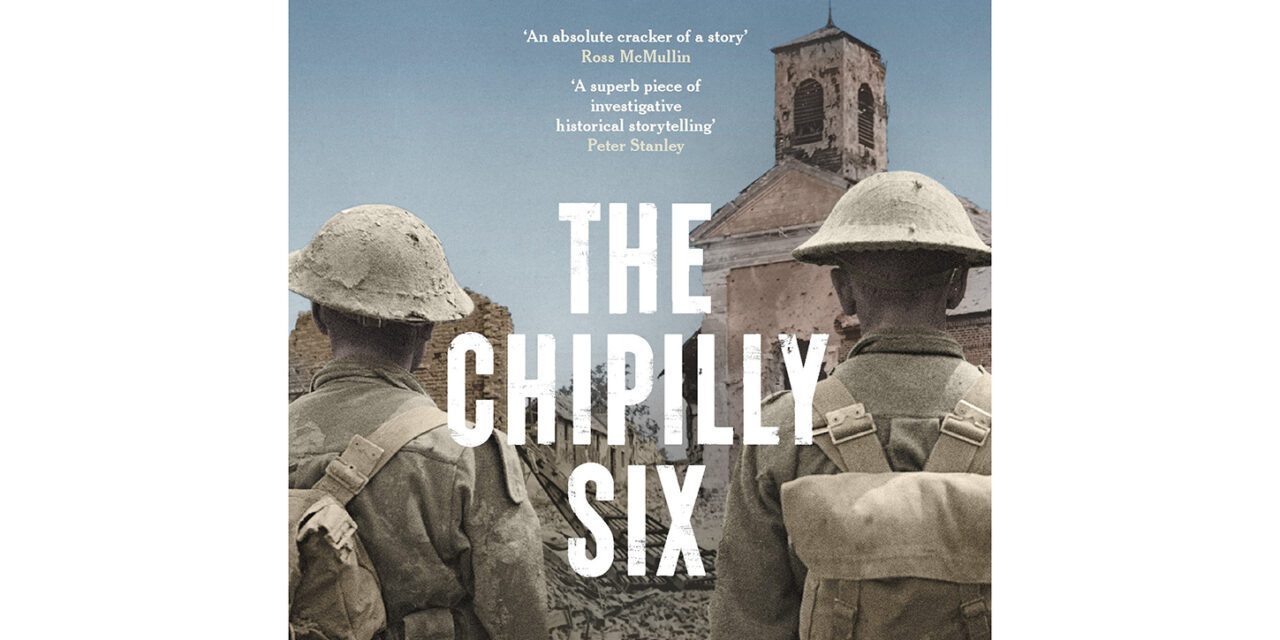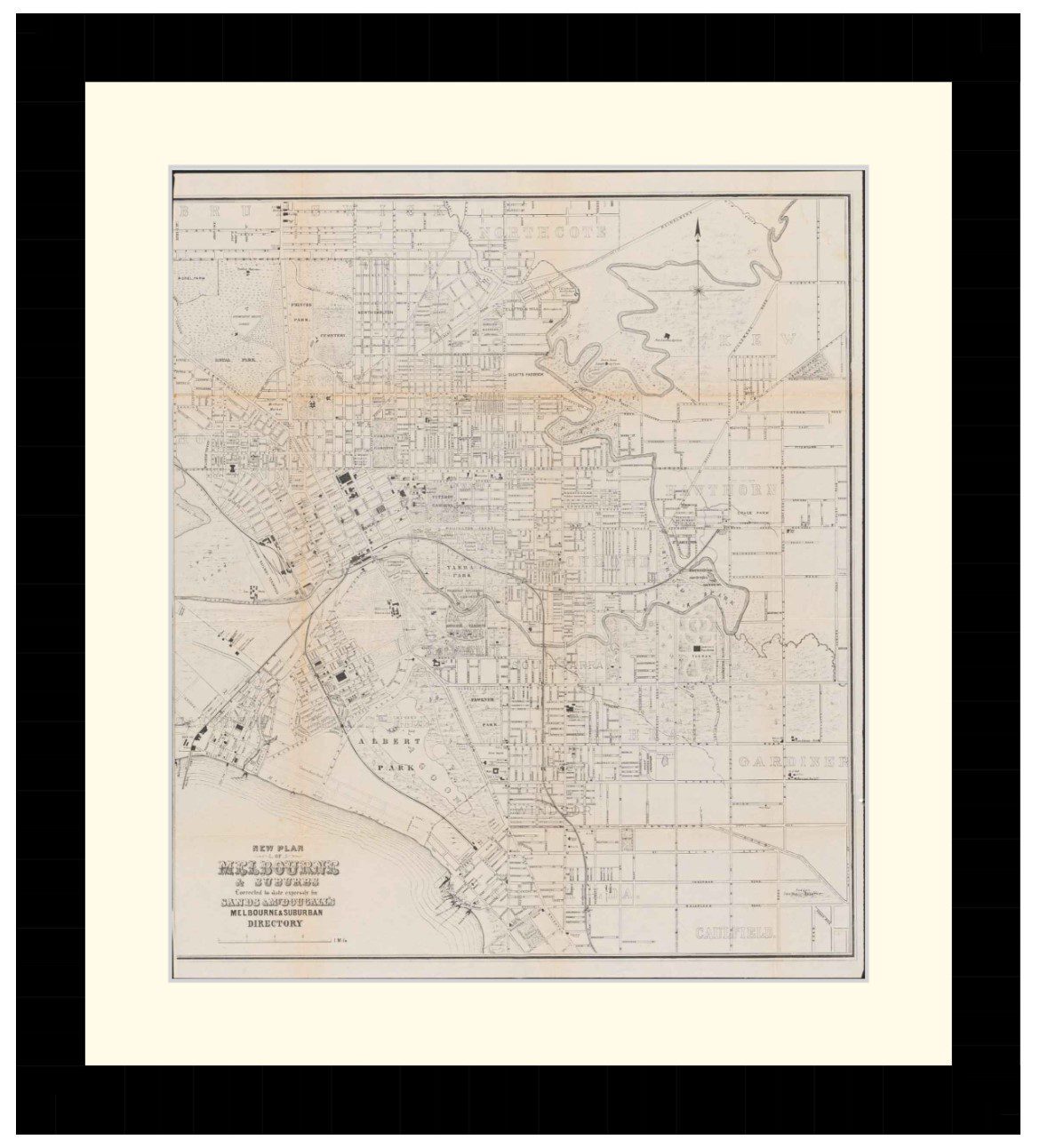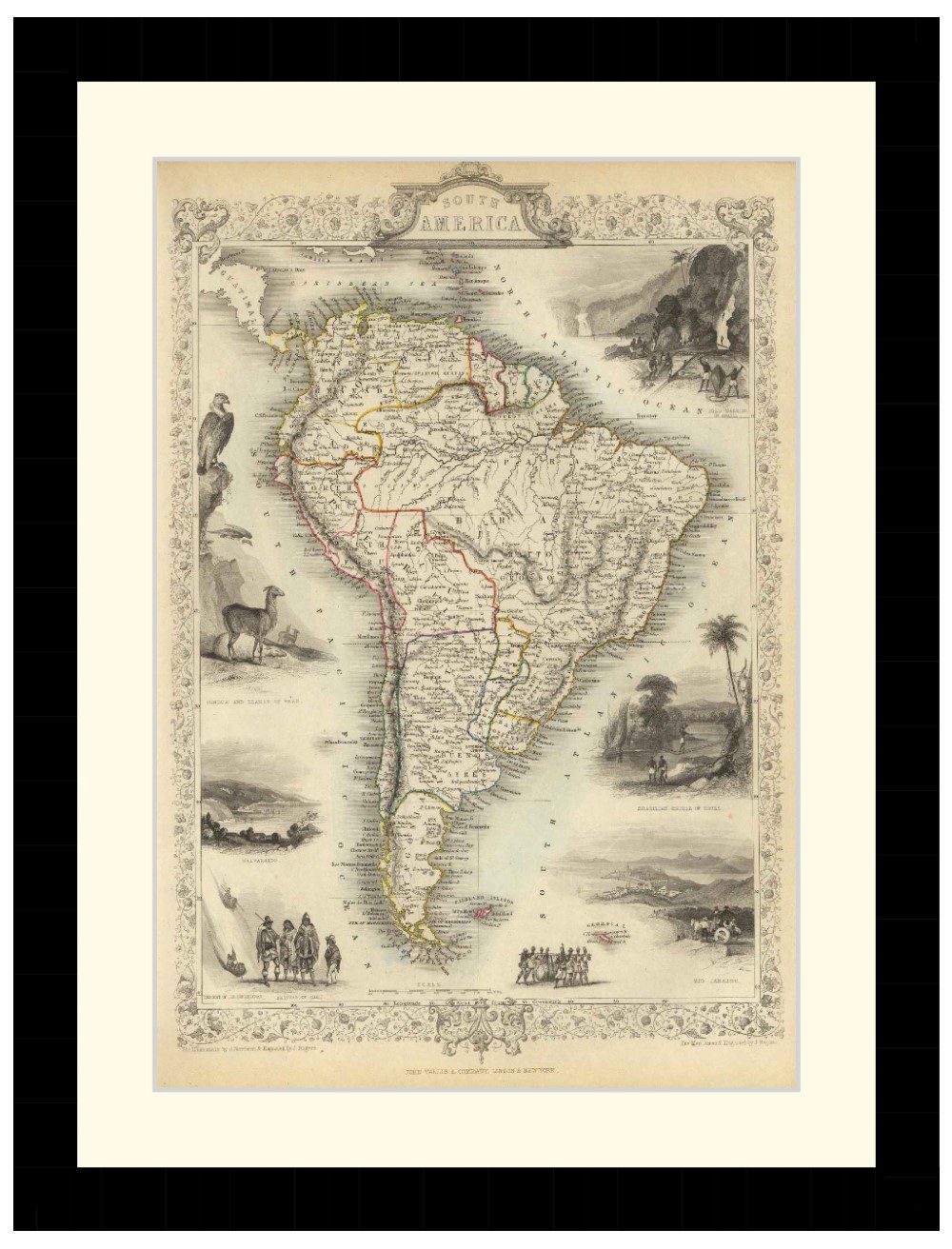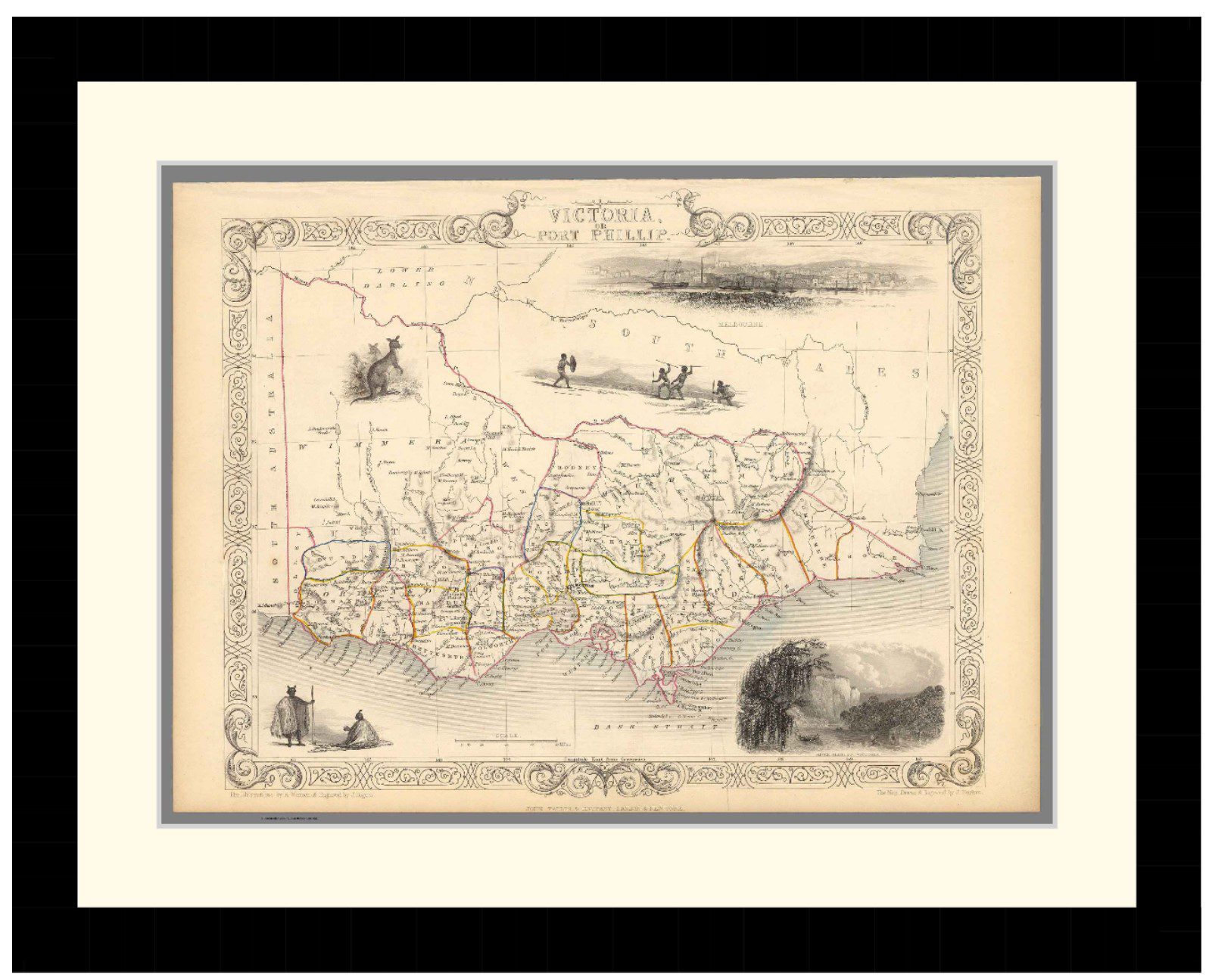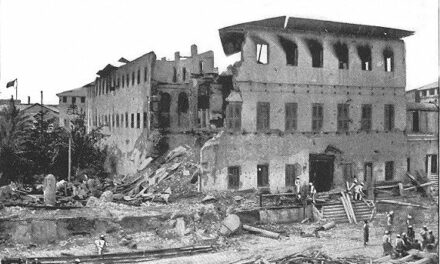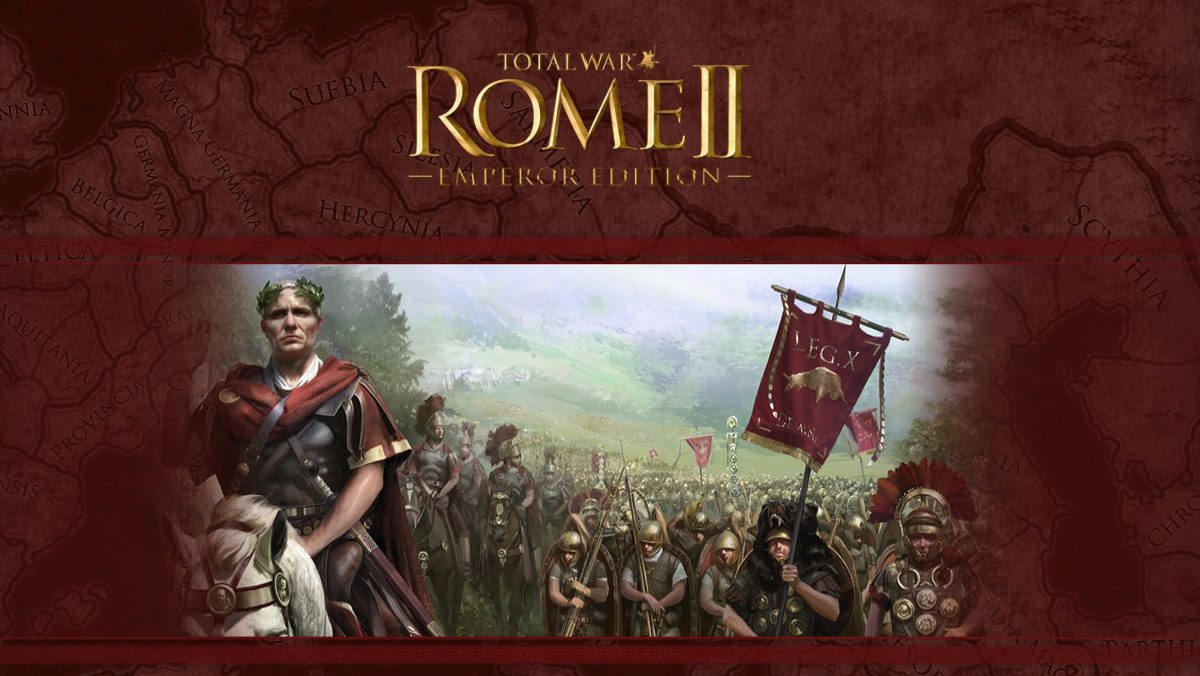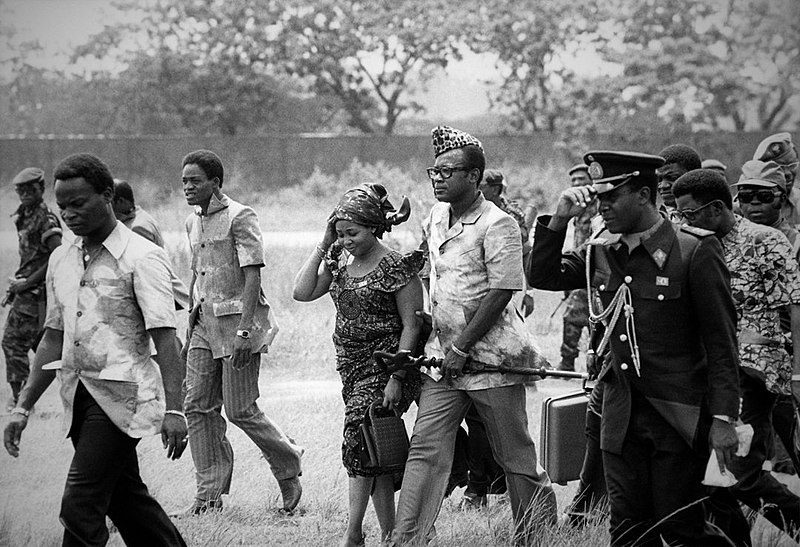Reading time: 6 minutes
Jordan tells the story of ‘extraordinary men in extraordinary times’, a group of six Australian soldiers who operated well ahead of the Allied advance to clear critical high ground of German troops and machine guns, allowing the main advance to continue.
By David Phillipson.
The book has a clear structure, stepping through the early lives of the six Australian soldiers. Jordan’s research skills shine here, he has found many interesting anecdotes and yarns from the earlier years of their lives. He brings these together to allow the reader to become acquainted with the six soldiers, before they hear of their exploits in combat. You come away feeling you know the men involved.
The broad map of the Western Front does a great job orienting the reader. The map of the Chipilly spur and surrounding area provides enough information to allow the reader to understand the action, and this is enhanced by a sketch map drawn by one of the six. However, it would have been beneficial to have more maps, or clearer detail in the two maps that were provided. This would allow the reader to understand the action more easily and in better detail than the narrative alone.
Jordan pitches the writing perfectly to allow a reader with limited knowledge of the First World War to understand the story, while providing a good level of detail for those who desire it. His description of the actions of the six Australians on the Chipilly spur is excellent. The compelling narrative weaves many of the soldiers’ own words into a gripping account of the fighting. The book would be worthwhile for this section alone. I was left hungry to know more, but appreciate the limitations of the sources mean that there is only so much that we can know.
The description of the fighting captures how effective the Australians had become in this late stage of the War. They truly were the ‘Shock troops of the Empire’ as one of the six called themselves. They had mastered the military art as well as benefiting from a culture that saw a Sergeant feel able to suggest a course of action to a Brigadier, and the Brigadier being happy both to receive the suggestion and act upon it.
There is an excellent and well curated set of photographs. Many show the six and their comrades at or close to the front line. These give the reader a further connection to these soldiers and allow them to better understand their experiences.
The descriptions of Australia and the changes brought about by the War are insightful, and could easily be recommended to a student of Australian history looking for a succinct depiction of the time. There was only one point that left me slightly perplexed. In the chapter The War is over Lucas writes ‘The Allies were victorious. The values of the white British race they had fought for were upheld.’ While both Australia and Britain were racist countries at this time, I’m not sure that this was the motivation for entering the conflict. Particularly when we consider the alliance they were entering. France and Russia could not in any way be seen as supporting the values of the ‘British race’ and the Germans they fought against were distinctly white. I would respectfully submit that British entry into the War and desire to prevent German victory had more to do with providing a check on German militarism. This would ensure that Germany did not become dominant in Europe, that German atrocities were not repeated, and that the British, rather than the German Empire, remained the preeminent trading power.
The book follows the stories of the six in the years after the war. The group provides a sample of the experiences of Australian veterans in this era and pulls no punches in depicting their lives, struggles and all. Jordan excels in this style of writing, drawing the reader into the lives of the six. The descriptions of the way the soldiers managed their quarantine during the influenza pandemic immediately following the war are very interesting, and have remarkable parallels with the handling of the recent pandemic.
The Chipilly Six should be required reading for anyone with an interest in the part Australians played in the First World War. However, the way it tells the stories of the six both before and after the War give it an even wider appeal. Its effortless integration of how the Australian political and social landscape changed through this period would also make it a worthy inclusion in high school and university history courses. Lucas Jordan is to be congratulated on producing a compelling book describing a pivotal era of Australian history, as well as making the exploits of the Chipilly Six better known.
The Chipilly Six
Most books relating to specific groups of soldiers tend to end with the war, but what happens to these men when they return home? How do men who have survived four years of high adrenaline, fear and loss adjust when they come back to normal life?
By Warwick O’Neill.
Lucas Jordan has provided a rare glimpse into the post-war lives of a generation of soldiers through the experience of just six men. The Chipilly Six seized vital ground from the Germans in August of 1918, ground which a full British regiment had failed to capture. The event itself only occupies a small part of the story of the Chipilly Six.
Through personal diaries and interviews with descendants of The Six, Lucas has described the different homecoming experiences each man faced. From forced quarantine due to the Spanish Influenza epidemic, to tear filled reunions with loved ones, the experiences these men had upon their return were shared by all who survived and came home.
The story captures the loss of the feelings of comradeship which kept the troops going through the hardest years of the war, and the lengths some of them went to rekindle that sense of belonging, leading to the establishment of returned soldiers’ clubs. It also touches briefly on some of those who came home and couldn’t fit back in.
It shows the disaster that was the Soldier Settlement Scheme which, although well intentioned, set many returned servicemen up for failure. But through the efforts of one of The Six, one settlement at least made a go of it.
With the current Royal Commission into Veteran suicide, this is a timely and important look at just what returning soldiers face when they are expected to slide back into normal society when the war is over. For many, the war continues long after the final shots are fired.
Watch a Zoom Presentation by Lucas Jordan about the Chipilly Six
Wednesday 18 October 2023 7:00 PM – 8:00 PM AEST (UTC+10)
This is Presented by Military History & Heritage Victoria and is only $10, or $5 for MHHV members.
Articles you may also like
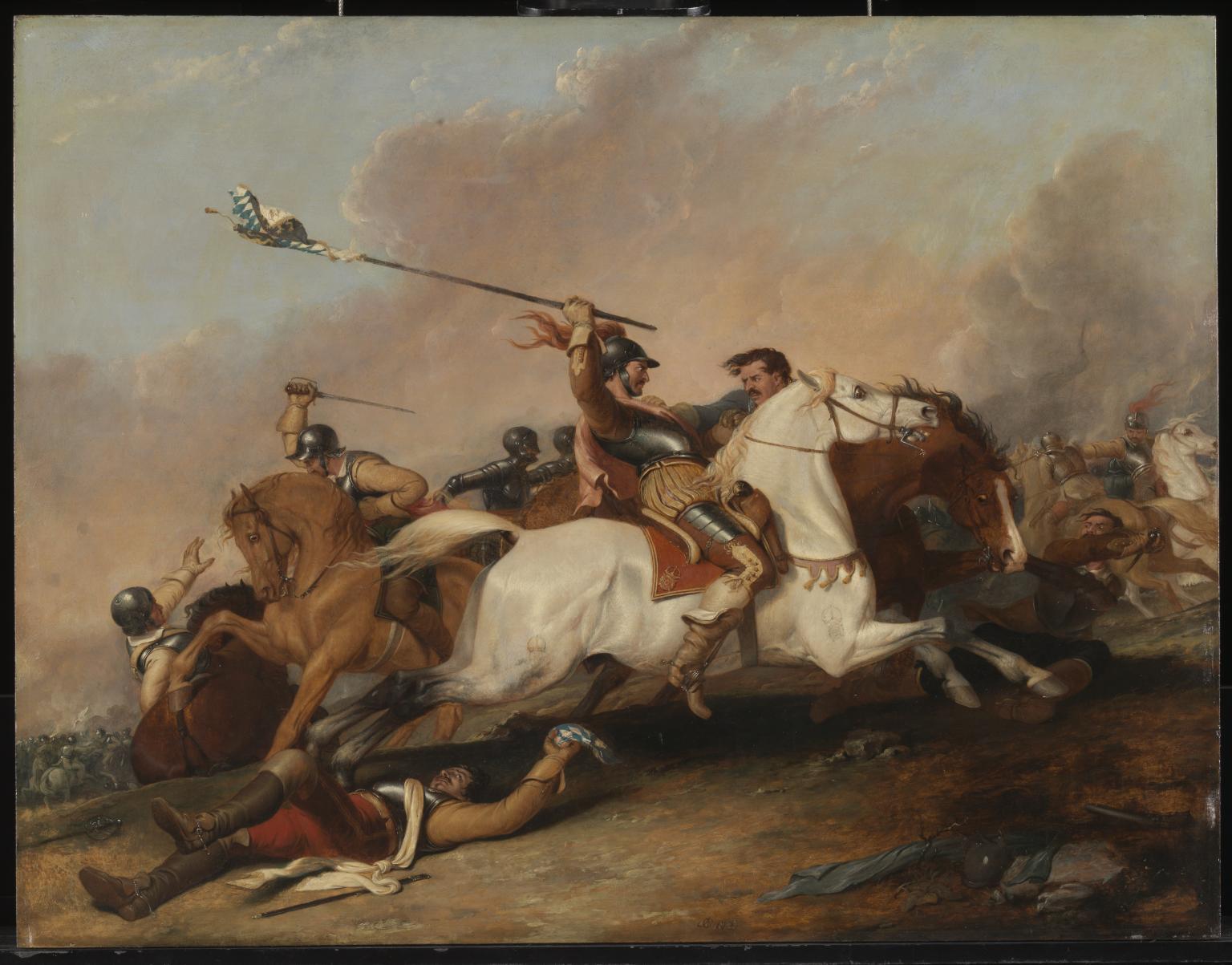
General History Quiz 129
1. When was the ‘New Model Army’ created?
Try the full 10 question quiz.
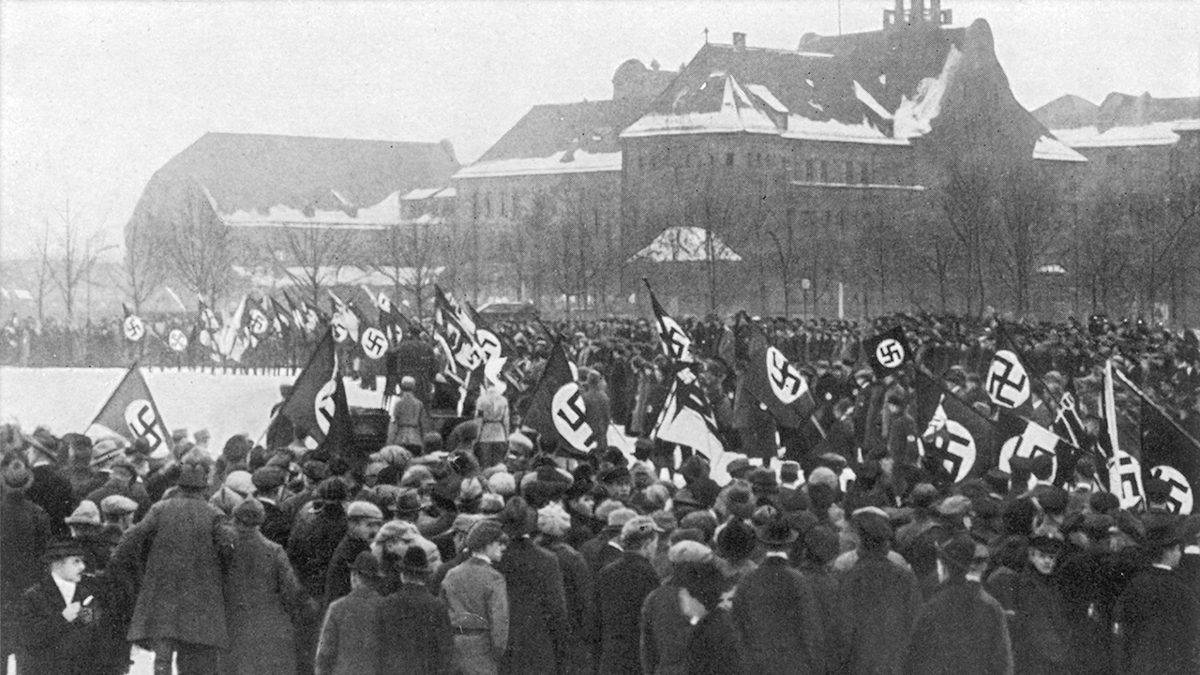
100 Years on, a New German Putsch?
Reading time: 9 minutes
On December 7, 2022, German federal police arrested 25 people who were allegedly plotting to violently overthrow the German government. This planned coup resurrected the spectre of a failed coup attempt 100 years before, when Adolf Hitler and his then still nascent Nazi party tried something similar. But is there a link between this modern coup and the one of 1923? Does the history of these events rhyme?
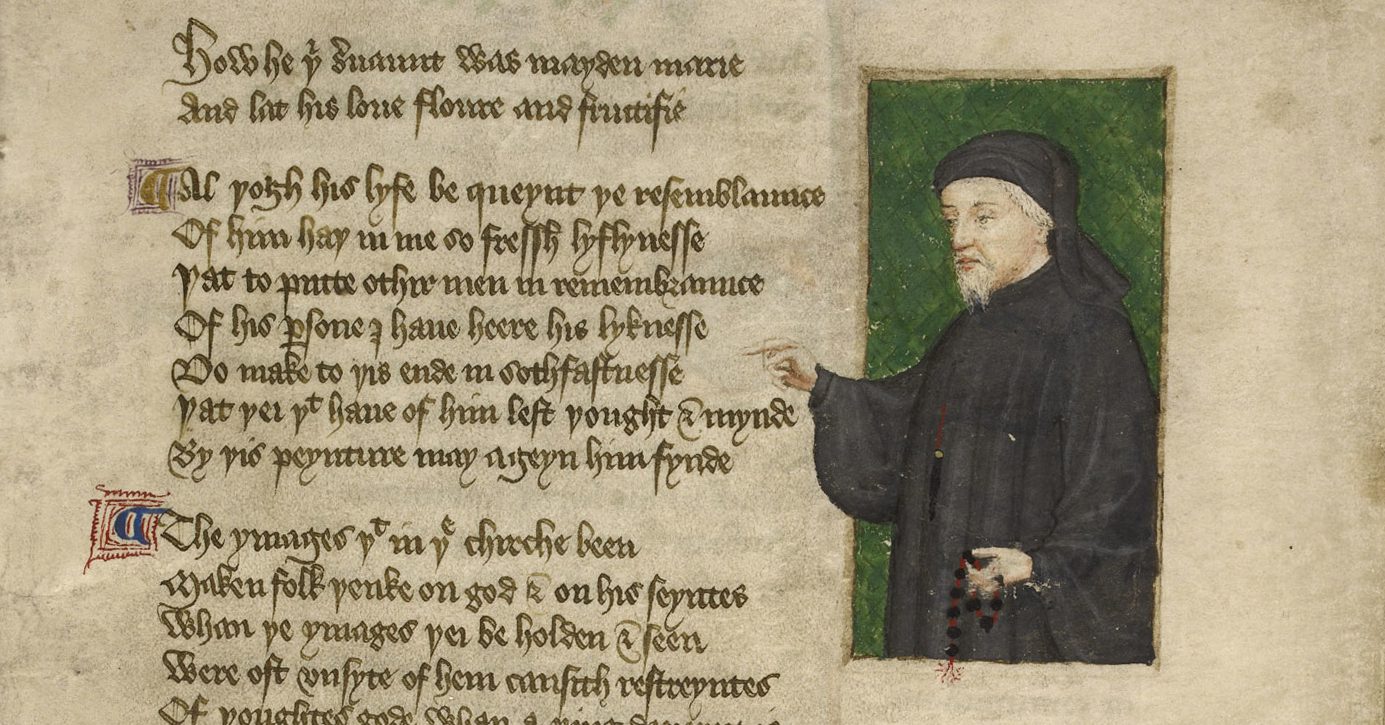
General History Quiz 202
1. Writing in the 1380s, who was the first to refer to Valentines Day on the 14th of February?
Try the full 10 question quiz.
The text of this article was commissioned by History Guild as part of our work to improve historical literacy. If you would like to reproduce it please get in touch via this form.

